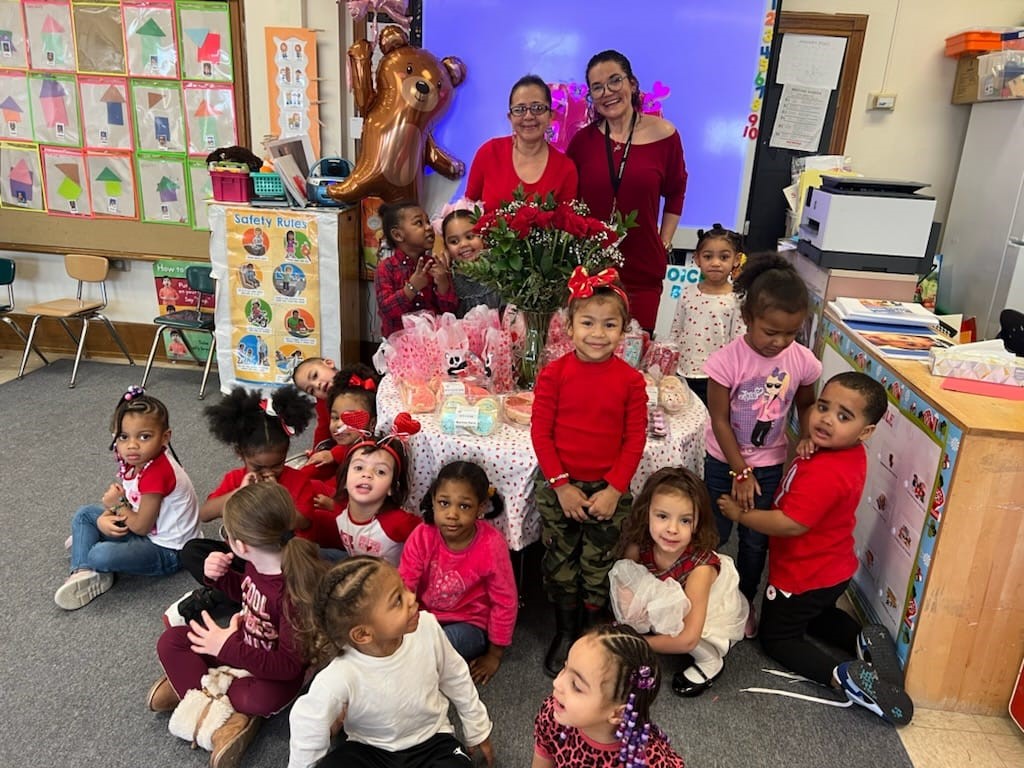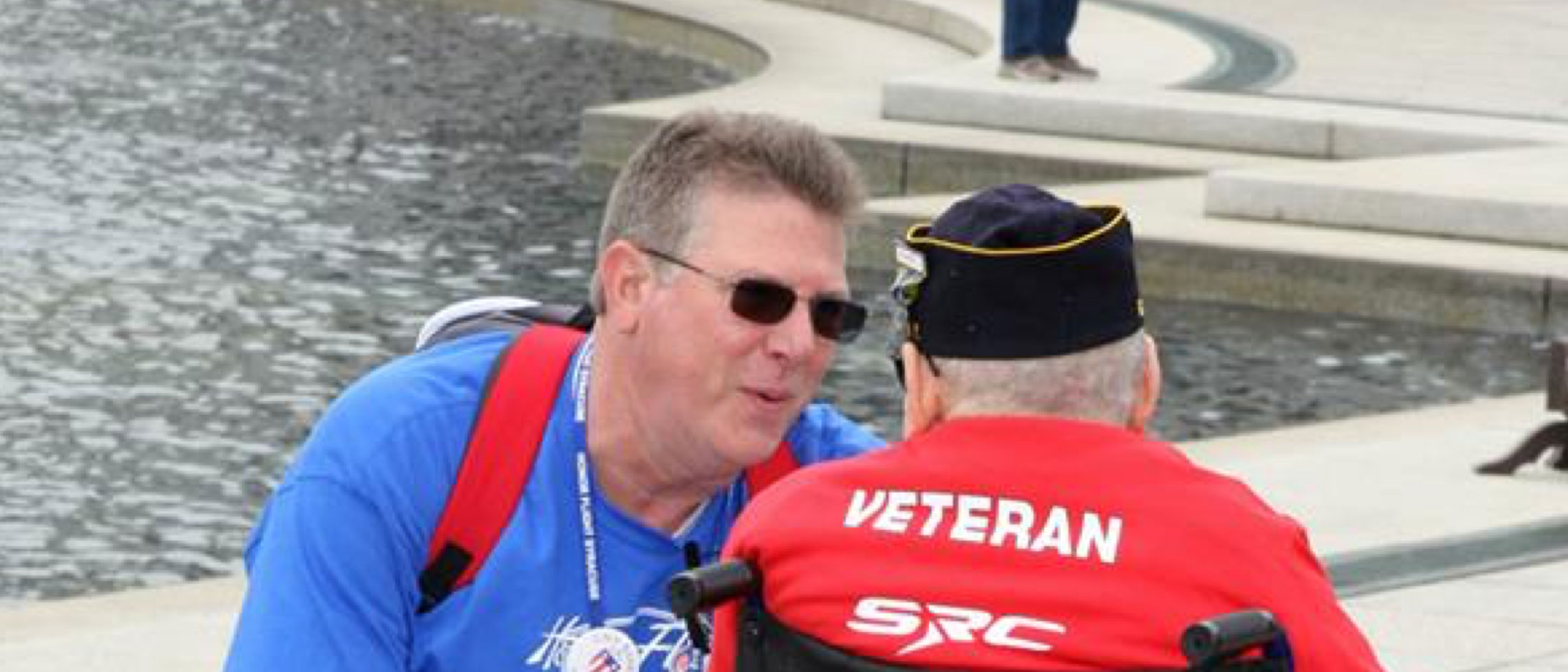When Theresa Pagano visited the National Louis University Latino Outreach Program in Chicago, Illinois, she witnessed the impact it had on the literacy development of Latina women and their children. The program provides tutoring, mentoring and academic and career advising to help members of the Latino community reach their fullest potential. It was that trip that inspired Pagano to bring the programming back to Central New York.
Upon her return, Pagano was concerned to learn that less than ten Latino children were involved in early childhood education in the community and that, due to language and socio-economic barriers, many of local Latino families lacked an awareness and understanding of the importance of early childhood development. It wasn’t long before she established Partners in Learning – a small group, but one passionate in its desire to change the statistics in the community.
Ever since its inception, Partners in Learning has assisted children and adults in their literacy journey. One of its early programs, MANOS Dual Language Early Childhood & Intergenerational Learning Program (MANOS), is designed to provide Latino youth under the age of five and their caregivers with new and impactful educational experiences based upon activity-driven learning. The program is currently offered at Delaware Elementary and Seymour Dual Language Academy.
Volunteers, parents, caregivers and teachers collaborate to sustain a comprehensive and culturally responsive learning environment, and to nurture a sense of confidence in participants. Pagano was pleased to bring educational resources to the Latino community to help them overcome language barriers through their engagement in the program. In 2021, MANOS served over 60 children, ages 3-4, and over 90 caregivers and parents. In addition, home-based learning programs supported 16 children, and 28 caregivers, respectively.
In addition to its MANOS program, Partners in Learning broadened its impact in the Latino community in 1992 by establishing the West Side Adult Learning Center in partnership with the Syracuse City School District. The Center’s focus on adult learning principles makes it a vital part of the community serving more than 700 learners in their efforts to be productive workers, entrepreneurs, consumers, and engaged citizens.
The Center provides a number of programming opportunities to help adults find and succeed with maintaining long-term employment. The Vocational Employment Skills for Emergent Bilinguals Program (VESEB) provides job readiness training including assistance with translating foreign credentials, résumé and cover letter development and interview preparation. Participants gain lifelong skills and support to help secure jobs and navigate community resources.
More specifically, the organization’s Diversity in Early Education & Care (DEEC) Initiative provides specialized services and training for adults that are interested in pursuing a career in childcare. Participants have hands on training opportunities and receive assistance with securing necessary training and credentials to start a licensed Family Day Care or become a NYS Certified Teaching Assistant. In 2021, both VESEB and DEEC assisted over 50 participants.
Due to its hard work and tenacity, Partners in Learning continues to break down barriers, and provide accessible bilingual education. As stated in its mission, “Together, we all strive to learn, earn and live well in Syracuse and Onondaga County.”


